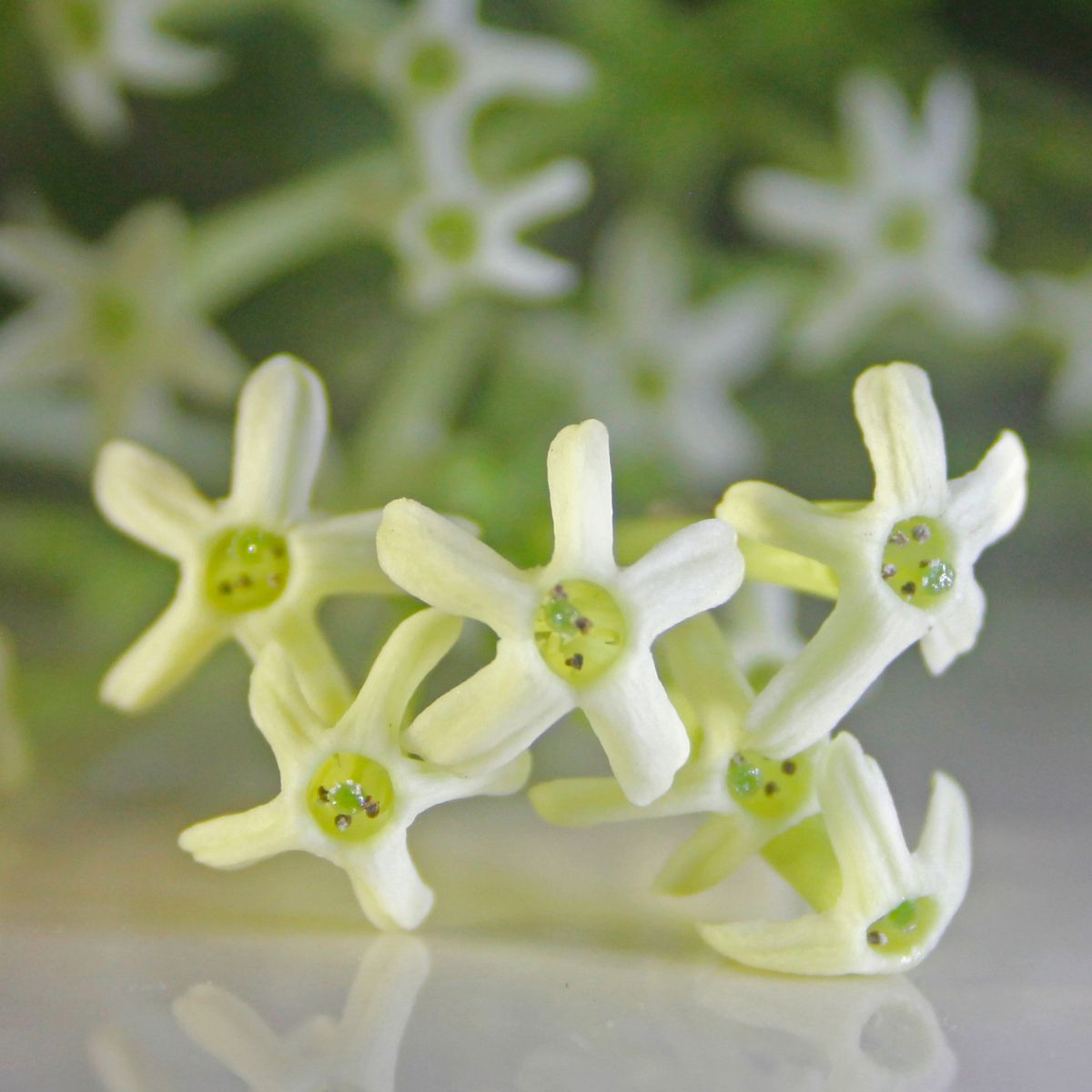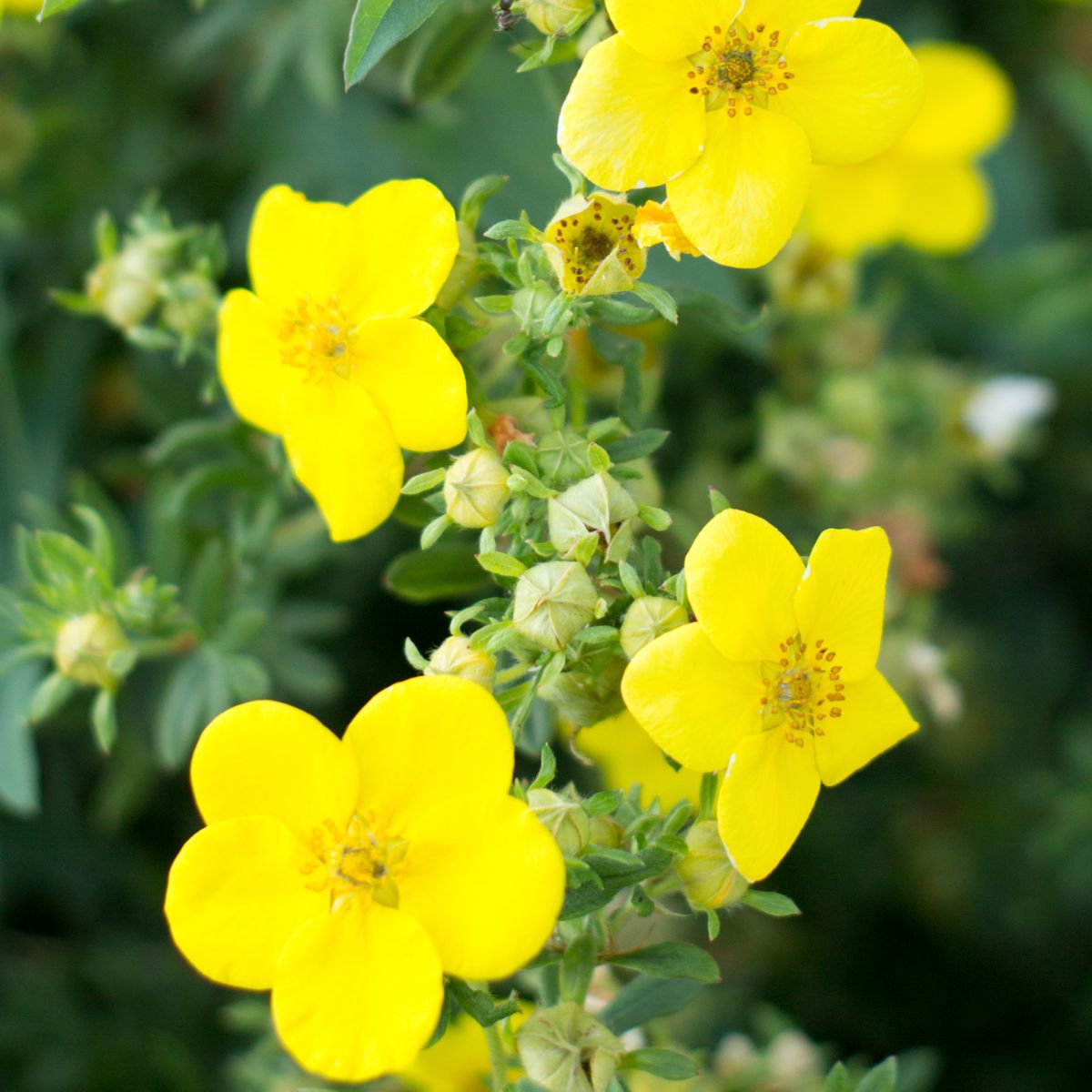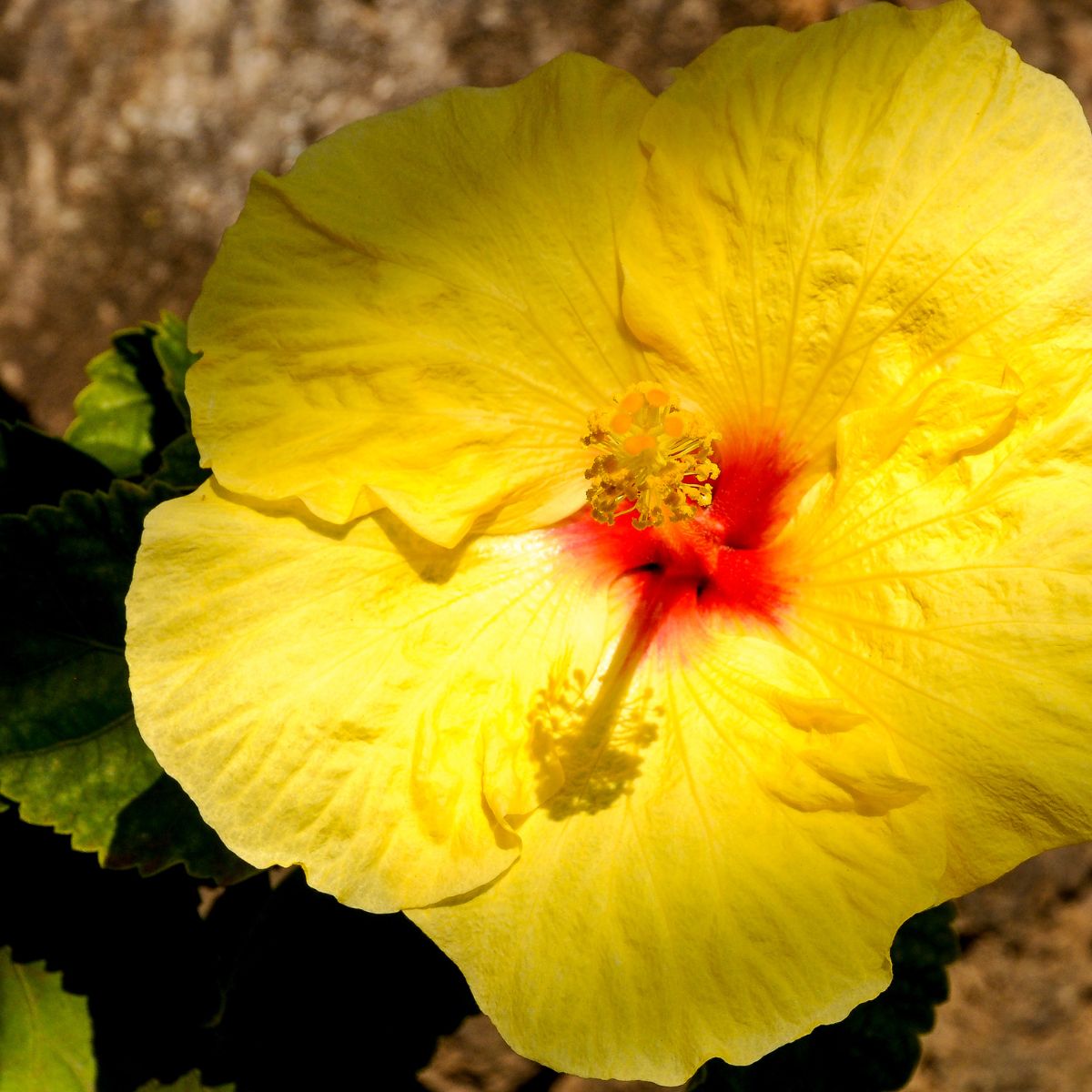Before humans began introducing species from other parts of the world, the unique flora and fauna of Hawaii lived in isolation. Many of these native plants and animals exist nowhere else, having evolved on these remote volcanic islands. However, humans have introduced new species to Hawaii, intentionally as well as unknowingly, and some of them have become invasive. Invasive plants in Hawaii spread aggressively and outcompete native plants, causing harm to wildlife, the broader ecosystem, and even the economy and human health.

Invasive Plants in Hawaii
Although an official designation of invasive species in Hawaii does not exist, the Hawaii Invasive Species Council is in the process of creating rules to define and classify invasives in this state. The list below includes some of the worst and most common invasive plants you can find in your garden and even for sale in nurseries, according to the Big Island Invasive Species Committee.
Learn how to identify and control these invasive species, and ask your local nursery to please stop selling them! As an added bonus, each plant description below includes suggestions for similar native plants to grow instead, nurturing the unique biodiversity of Hawaii.
1. African tulip (Spathodea campanulata)

Named for its clusters of showy orange flowers, African tulip is a tall tree with compound leaves formed by three to 19 leaflets. It blooms and produces long, canoe-shaped seed capsules year-round.
Control requires repeat cutting, or applying herbicide to the stump. Incision point application of herbicide is also effective.
Plant a beautiful native flowering tree instead, like ‘ōhi‘a lehua (Metrosideros polymorpha) or hau (Hibiscus tiliaceus).
2. Albizia (Falcataria moluccana)

An incredibly fast-growing tree, albizia can add 15 feet to its height in a single year, reaching as tall as 150 feet at maturity. It has smooth, light gray, warty bark and alternate, bipinnately compound leaves. Flat seed pods follow bell-shaped flowers. Live limbs often fall for no apparent reason, a phenomenon called “sudden branch drop.”
Small seedlings can be pulled by hand. Girdle or ring-bark large trees, or use incision-point application of herbicide.
Large native trees include the koa (Acacia koa) and wingleaf soapberry (Sapindus saponaria).
3. Asparagus fern (Asparagus densiflorus)

The needlelike leaves of asparagus fern give it a feathery look. This highly invasive perennial spreads through seeds, tubers, and resprouting from even small pieces of root. It produces tiny, short-lived, white flowers and pea-sized red or white berries.
Dig small plants, making sure to remove all roots, or carefully apply herbicide.
Native alternatives include O’ahu sedge (Carex wahuensis) and pua kala (Argemone glauca).

4. Autograph tree (Clusia Rosea)

Beginning life as an epiphyte, the autograph tree kills its host once rooted. Its smooth, stiff, waxy leaves average six inches long and retain scarring long after being damaged (or written on, per its name). The short-lived, pink flowers are followed by seed capsules that split when they mature to reveal red seeds.
Pull young trees or hire an arborist to cut them. Basal-bark herbicide application is effective on larger, non-epiphytic trees.
Kou (Cordia subcordata) is a wonderful native alternative, as is lama (Diospyros hillebrandii).

5. Bandicoot berry (Leea indica)

Bandicoot berry, a small understory tree, features alternate, compound leaves that flush red when they first emerge. Large clusters of purplish berries follow tiny, greenish-white flowers.
Because bandicoot berry can resprout when cut, herbicide use may be necessary for effective control.
Kōlea lau nui (Myrsine lessertiana) has similar red new growth and small berries, and olupua (Nestegis sandwicensis) also makes a good native alternative.

6. Barbados gooseberry (Pereskia aculeata)

Described as a woody shrub or leafy cactus, Barbados gooseberry features thorny stems and small, narrow leaves. The white flowers have pink to orange centers and a scent that ranges from lemony to unpleasantly pungent. Round, yellow to orange berries follow.
Pull or dig small plants, or contact the Big Island Invasive Species Committee or Molokai/Maui Invasive Species Committee for removal.
Plant a stunning ʻaʻaliʻi (Dodonaea viscosa) or keahi (Nesoluma polynesicum) instead.
7. Fiddlewood (Citharexylum caudatum)

Fiddlewood is an ornamental tree with smooth, glossy, narrow leaves. Four-inch tail-like clusters of white, bell-shaped flowers precede orange berries that ripen to black.
Pull seedlings and saplings. Mature trees should be cut and herbicide applied to the stump, or use basal bark herbicide application.
Alternative native trees include kaulu (Pisonia sandwicensis) and māmane (Sophora chrysophylla).

8. Gunpowder tree (Trema orientalis)

A tall tree growing up to 100 feet, gunpowder tree has a swollen base or slightly buttressed roots to support its height. Its hairy, ovate leaves grow alternately and have finely serrated edges and pointed tips. The flowers grow in inconspicuous clusters at leaf nodes.
Cut gunpowder trees and apply herbicide directly to the stump to prevent resprouting. Incision point application of herbicide is also effective.
Plant a hala (Pandanus tectorius) for a unique root structure or another native tree, like the fragrant olapa (Cheirodendron trigynum).

9. Melochia (Melochia umbellata)

Melochia has fuzzy, finely-toothed, heart-shaped leaves that appear gray when new and mature to green. This medium tree produces clusters of tiny, dull pink flowers followed by five-sided seed capsules that burst to show the many wind-dispersed seeds held inside.
Pull seedlings and cut larger trees, or use incision point herbicide application.
Plant native trees instead, like the koai’a (Acacia koaia) or Pāpala kēpau (Pisonia brunoniana).

10. Miconia (Miconia calvescens)

One of the worst invasive species in the world, miconia is a fast-growing tree with shallow roots. It has large, ovate leaves with purple undersides and three distinct midribs. Small, white to pink flowers grow in clusters on stalks, and the purple fruits contain minuscule seeds that easily hitchhike.
Pull seedlings and saplings and cut large trees, applying herbicide to the stump. Basal bark application is also an effective control method.
Native trees and shrubs with large or attractive foliage include loulu (Pritchardia glabrata) and kokio (Kokia drynarioides).

11. Night-blooming jasmine (Cestrum nocturnum)

Named for its masses of highly fragrant, white, tubular flowers, night-blooming jasmine is a woody, sprawling, fast-growing shrub up to 20 feet tall. White berries follow the blooms. The shiny, alternate leaves have an elliptical shape and grow three to six inches long.
Contact the Big Island Invasive Species Committee or Molokai/Maui Invasive Species Committee for help with removal.
Plant similar native shrubs instead, like the fragrant alahe’e (Psydrax odorata) or Pua keni keni (Fagraea berteroana).

12. Redwing (Heteropterys brachiata)
Redwing is a woody vine named for the red, winged seeds it produces in abundance during the winter. Before the maple-like seeds, it blooms with clusters of small, pink flowers (see an image of this invasive plant here)
You may be able to pull up redwing seedlings. Cut established vines at the base as well as a couple of feet up, to create a “window” of space free of vines. Leave the rest of the plant to decompose where it is.
Grow native vines instead, like ʻākala (Rubus hawaiensis) or nuku’i’iwi (Strongylodon ruber).

13. Shrubby dillenia (Dillenia suffruticosa)

Shrubby dillenia is a flowering, multibranched shrub with opposite, bright green leaves featuring a distinct midrib and winged petiole. The yellow flowers appear in loose clusters, followed by star-shaped fruit capsules.
This highly invasive shrub is most effectively controlled by careful herbicide application.
Native shrubs with beautiful yellow flowers include ma’o (Gossypium tomentosum) and mau hau (Hibiscus brackenridgei).

14. Tasmanian tree fern (Dicksonia antarctica)

Tasmanian tree fern can grow up to 50 feet tall, with large, roughly textured fronds and a stout trunk matted with brown areal roots. Small, round sori occur on the undersides of the long fronds on mature plants.
Dig up small tree ferns and cut larger specimens.
Plant a native tree fern instead, like a hapu’u pulu (Cibotium glaucum) or hāpuʻu ʻiʻi (Cibotium menziesii).

Now that you have some basic knowledge on how to identify and control some of the worst invasive plants in Hawaii, you can begin taking steps to remove them and grow native Hawaii alternative plants instead, protecting the incredible biodiversity of this island state.






